Ready for Adventure? Take an Avalanche Course
Powder skiing is as much about skiing pow as it is about good decision making. But the real issue is knowing how to make the right decisions. Carrying out a successful mountain adventures is a careful process that requires its adventurers to take a lot of variables into consideration: from snowfall, to wind, to slope, to aspect, to food, to gear, to route planning, the list is endless. It might seem overwhelming, but the only way to combat that feeling is to get educated.
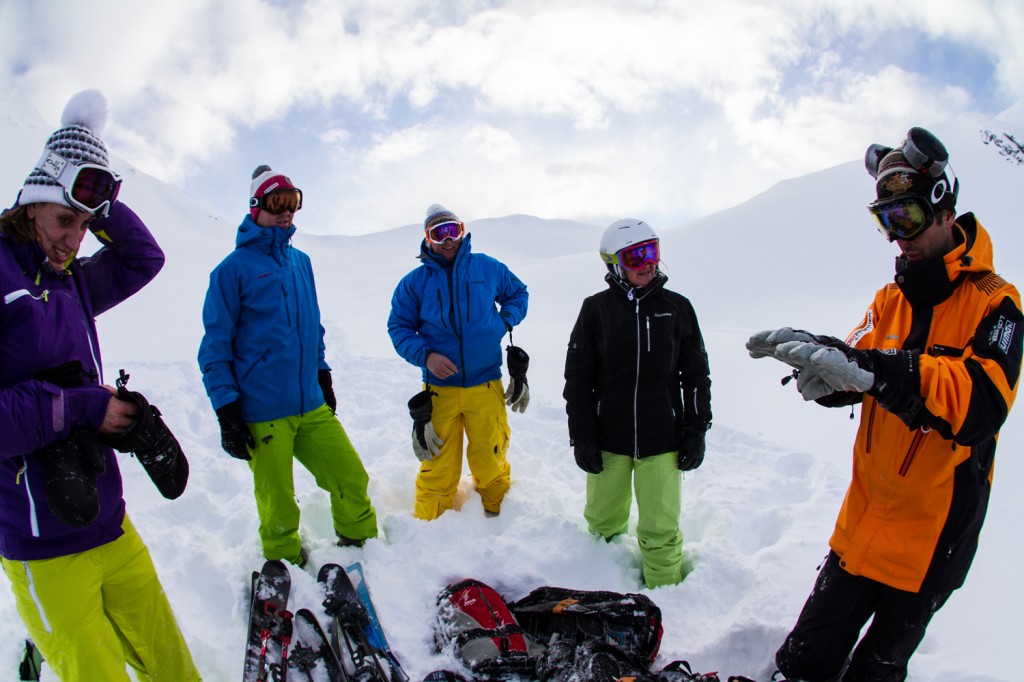
Even the best mountain guides in the world don’t know everything about mountain travel. It is too vast of a topic. But everybody has to start somewhere. If you’re keen to hit up a Last Frontier Heliskiing adventure, but are terrified of avalanches so much so that it stops you from coming, it’s time for you to learn how to abate the inherent risks of skiing in the backcountry. The danger can be managed!
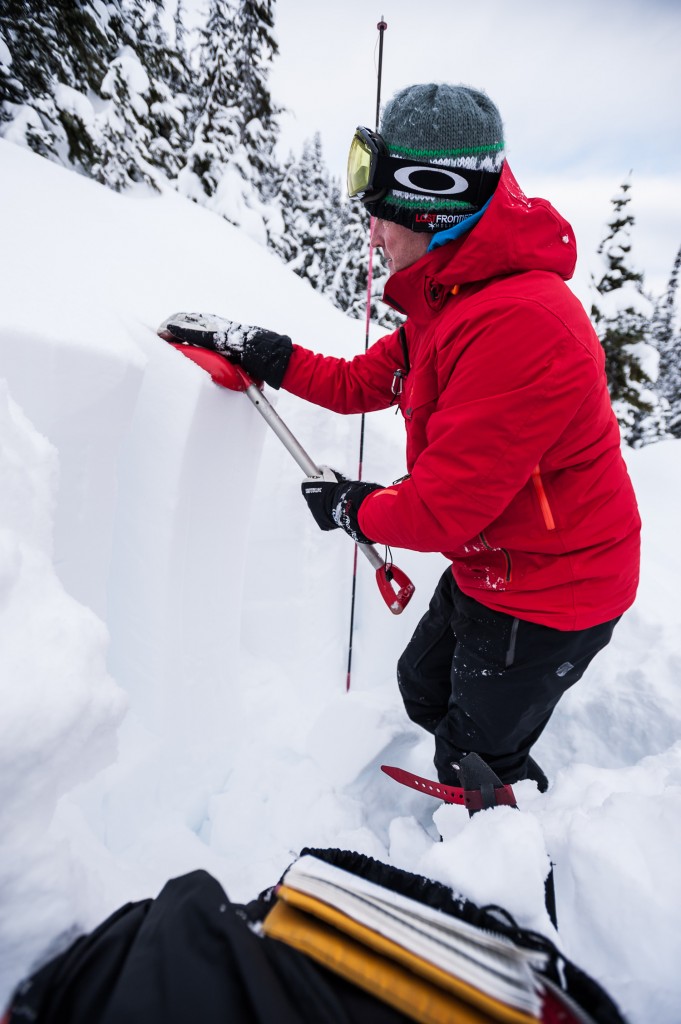
At Last Frontier Heliskiing, we will provide training for you to understand your safety gear. But you can take on your own education as well with the Canadian Avalanche Association’s Bulletin. This is every mountain enthusiast’s starting point for making sure that they are setting out on the right foot for playing in the mountains. It indicates the different weather, snowfall, and risks in each location of the province. One of the most important lessons that you will learn in and avalanche courses is how to read this bulletin.
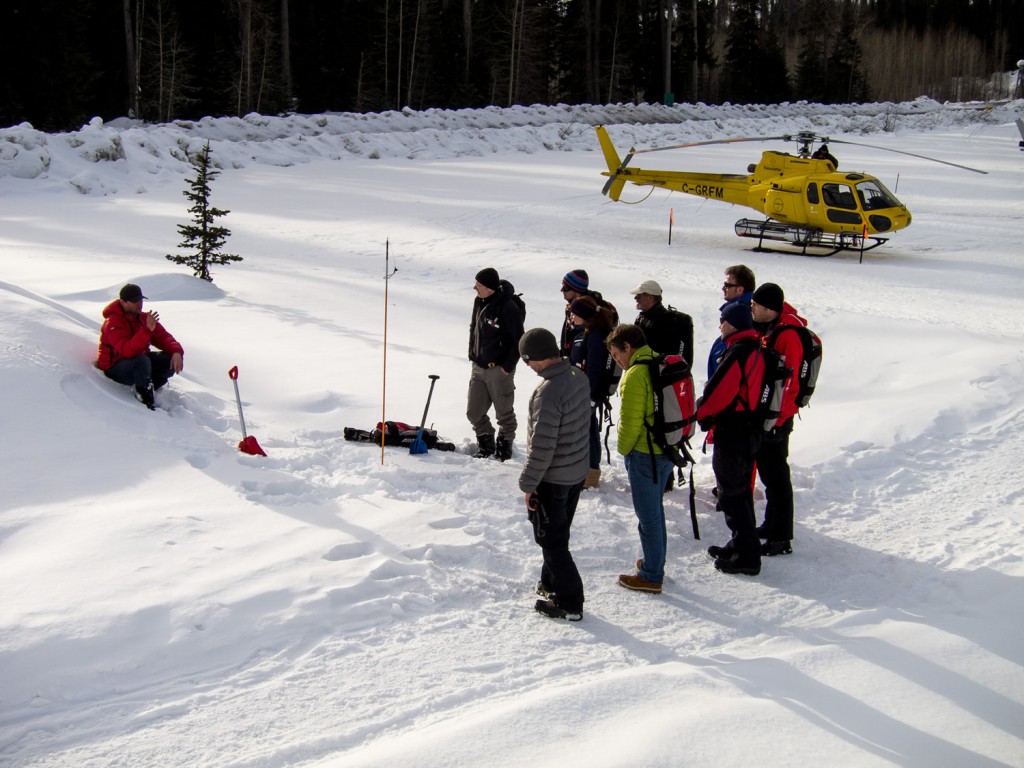
Start your avalanche awareness program and training with an Avalanche Skills Training 1 (AST 1). This course will cover how to use your beacon, shovel and probe, how to read an avalanche bulletin and prepare for the day, snowpack, snowfall, weather, terrain, hazards, how to pack, use your gear and what to look for when in the backcountry, plus much more. It is an imperative part of beginning the journey of becoming self-sufficient out there! Courses are offered at most ski resort areas, as well as by some private companies. Or, if you know a mountain guide, some have taken courses to become registered as an AST 1 provider, and they will put on private courses for a small group.
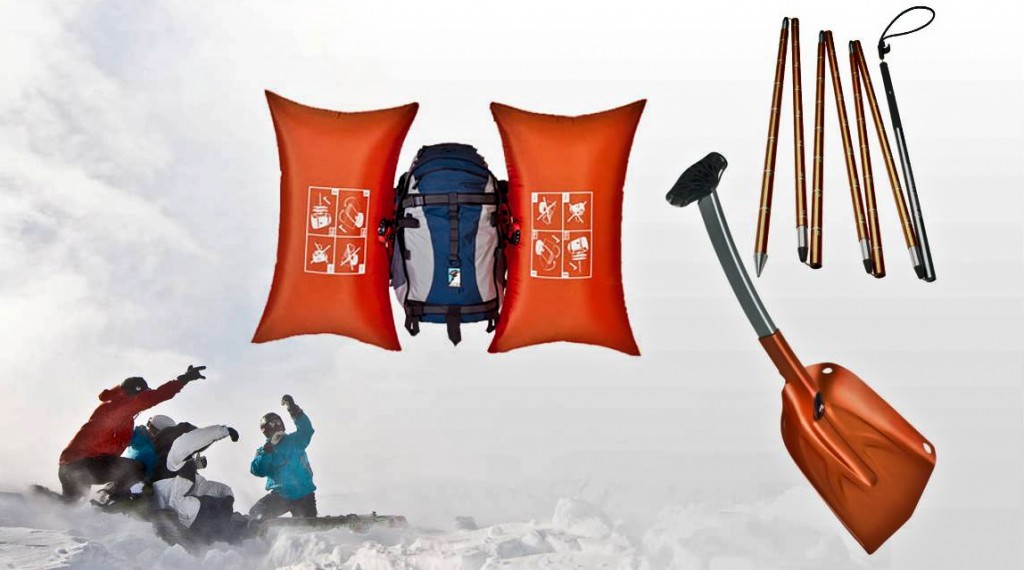
Follow up your AST 1 course with as much of your own experience as you can get, as ultimately, that is the best way to learn. Then, when you’ve got a few miles under your belt, an AST 2 course will compound on that knowledge base. The Canadian Avalanche Association is Canada’s Professional Avalanche Community. They offer Level 1, Level 2 and Level 3 operations courses to dive deeper into avalanche knowledge, route planning and snow science. These courses, although designed for individuals who are looking to become professionals in the industry, are highly recommended to recreational enthusiasts as well.
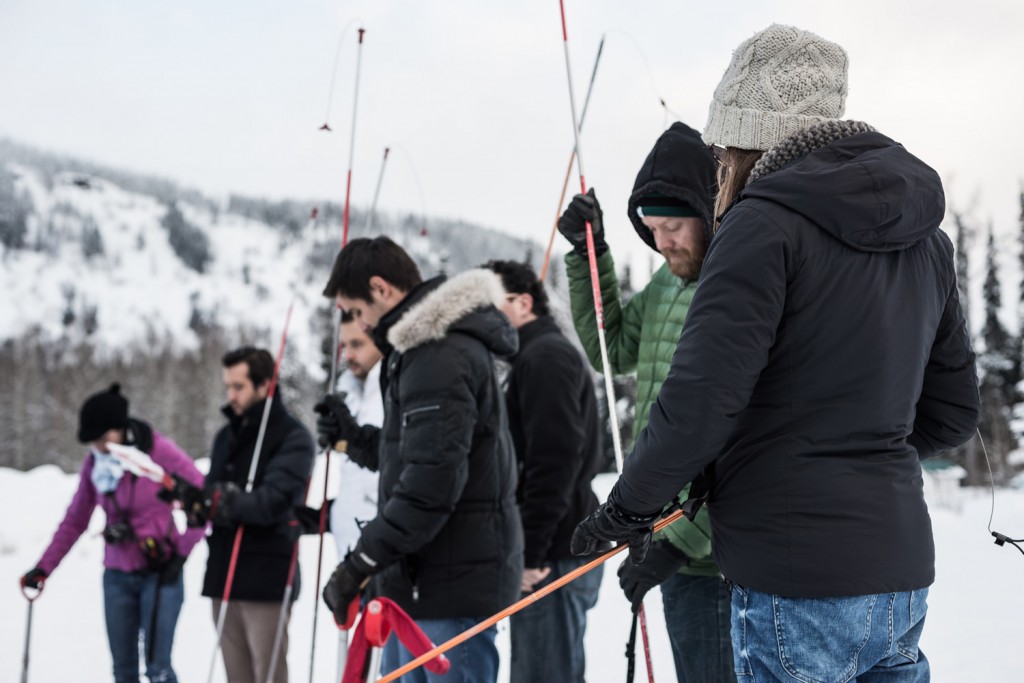
Mountain guide’s say that there are two kinds of people in the mountains: ones that are humble and ones that will be humble. No matter what your training, there are still surprises. Those surprises come as a result of a highly varied environment. Between terrain, snow and weather, you have a trifecta of factors that change the way that you can move and play safely in the mountains. Ultimately, risk can be mitigated, hazards can be avoided, and safe practices can be implemented, when people have the right training on their side.


